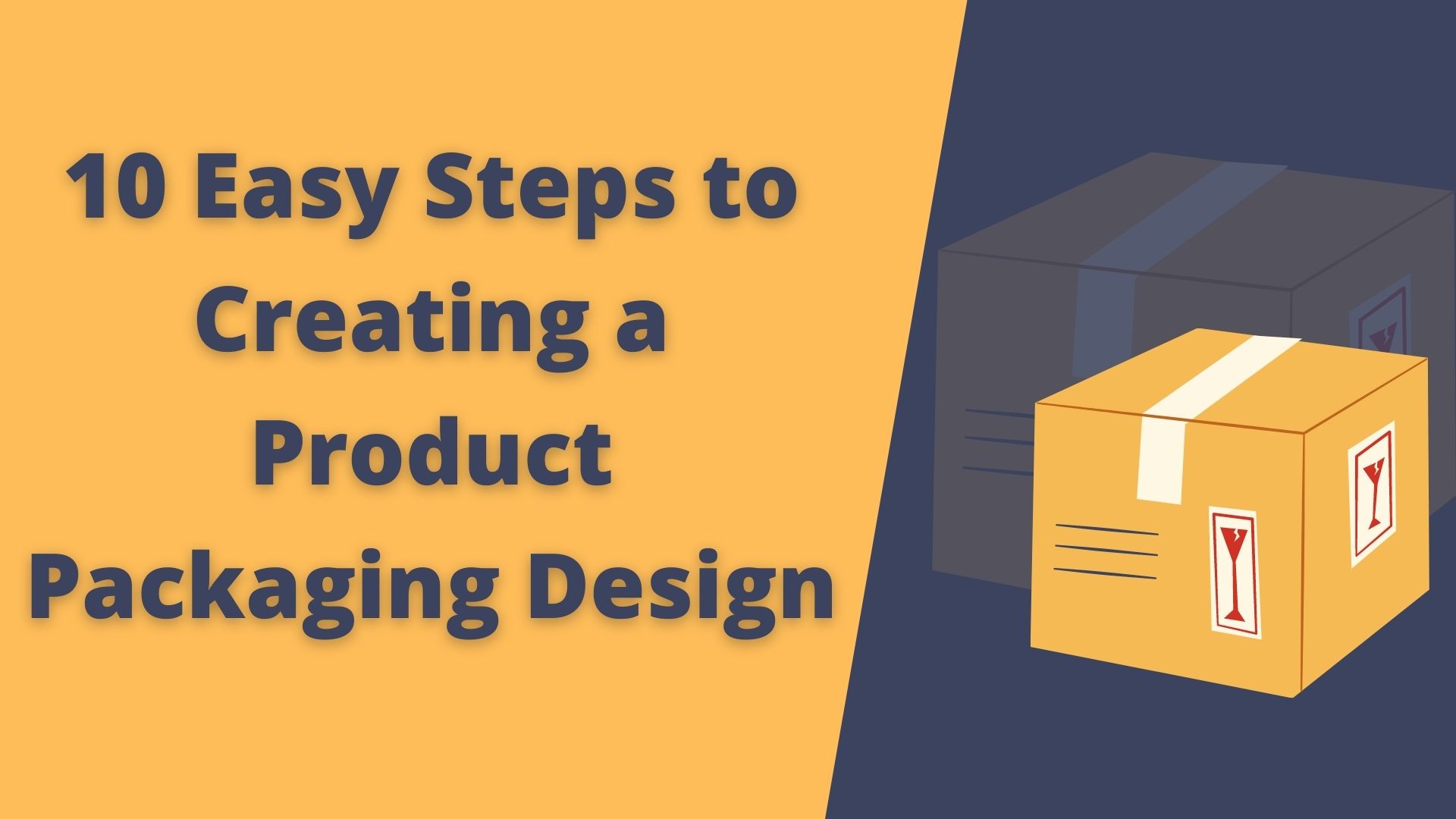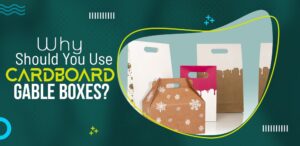One of the most important marketing tools is product packaging. It helps customers identify the brand and the product. Your sales can be boosted by appealing, memorable packaging. We’ll show you in this article how to make a great product packaging.
Step 1: Identify your product qualities
A good packaging design is only possible if you know the product. Make a list with the most important features of your product.
These characteristics can be used to guide you in designing your packaging. Using this information, you can determine the main tasks that your packaging should accomplish. You can use this information to outline the tasks your packaging must accomplish.
Step 2 – Know your customers
It is worth taking the time to research your target audience, and creating a customer persona. How old are your clients and where do they work. Which country do they typically buy your product from? What are their budgets? How will they dispose of the packaging? these are just a few of the questions that will help you understand your audience.
A packaging design is like a person. It should grab the attention of the client, give information about the product and be ergonomic, eco-friendly, and other important things. The customer must feel that they made the right purchase by buying your product. It is a great responsibility!
Step 3 – Identify Your Sales Platforms
You should make a list all of the sales channels that you are using, including supermarkets, street vendors, online stores, and your own website. Think about where your product will be kept, how easy it is to be accessed by customers, and other considerations.
Consider how your packed product will appear compared to other products. Perhaps your product is too large for the supermarket shelves. This will allow you to identify weak points before you spend a lot on packaging.
Your packaging should be adaptable to both offline and online sales. Customers can examine your product in person at a brick and mortar store. Online shoppers do not have the same opportunity. It is important to create attractive and fashionable packaging that will look great in your photos. It should be hard to resist!
Step 4: Select the correct packaging
You can use a cardboard box, a tissue bag, a bottle or tin foil. Your packaging choice will depend on the product you manufacture, how it’s going to be sold, and who your target market is. Remember that your packaging should be less expensive than the product.
You can shortlist several options, and then compare them using different criteria. It is difficult, we must admit. The packaging you select may be too costly to make or fragile to ship. A professional packaging design company can help you choose the right material.
Step 5: Choose the correct wrapping
There are three types, outer wrapping, inner wrapping, or packaging. We have already discussed the packaging in step 1. You now need to decide if your products require extra protection.
The outer wrap is what the customer sees. You might see it as a cardboard box, or a paper bag with the product inside.
Inner wrapping is used to preserve the product’s characteristics. Wrapping a book with paper can protect its contents. You can also wrap a porcelain coffee cup with sawdust or wrap a make-up set with colorful paper.
Depending on how you sell, you may need either one or both. This is a complex issue that requires careful thought. Different types of wrapping should not be used for the same functions.
Step 6: Review your Brand Book
You need to design your packaging once you have made your decision. You might already have a brand book with all of your corporate fonts and patterns. These valuable details should be given to the designer responsible for your packaging. If you are creating a new brand, consider the appearance of your new products before you commission a designer.
Step 7: Fill in the required information
The information printed on packaging often includes the name and picture of the product, the company slogan, corporate emblem, etc. Every country has its own requirements about what information should appear on packaging. It could be a barcode or quality certifications. You can also place data on stickers. This is where you need to place data on special stickers.
Step 8: Don’t confuse your customers
The packaging must be easy to read and for customers to understand what it contains. A child’s bottle of fruit juice shouldn’t look like an energy drink. If it does, the product will fail to attract parents’ attention. Make sure you are careful with the images that you use on your packaging. They must clearly illustrate the product within. Your images should also look great in 3D. It is quite common for an image that looks amazing in 2D to lose its charm when rendered three-dimensionally.
Step 9: Think about the origin of your packaging
If you plan to make your packaging, be prepared to answer several important questions. What materials will you use? Do you have all the equipment required? You might consider outsourcing this work if you have the necessary equipment. Ask your contractor what format they need for creating packaging mockups. It could be.ai,.psd (Photoshop), or PDF. This will ensure that you are prepared for any unexpected situations.
Step 10: Make a budget
It is important to consider the production cost of your packaging from its conception stage. The main two categories of these costs are
-These are non-recurring expenses that include the work of the designer from sketching to 3D visualization.
-Cost per unit describes how much it will cost to pack each product. This includes costs associated with materials, packing fees, and other related expenses.
Done! You can now provide the detailed specifications to your chosen designer after you have done all of the preparation.



